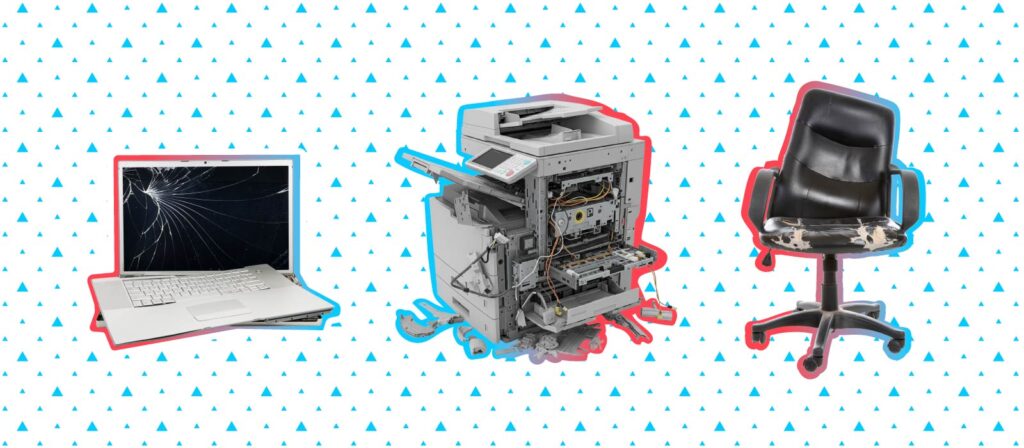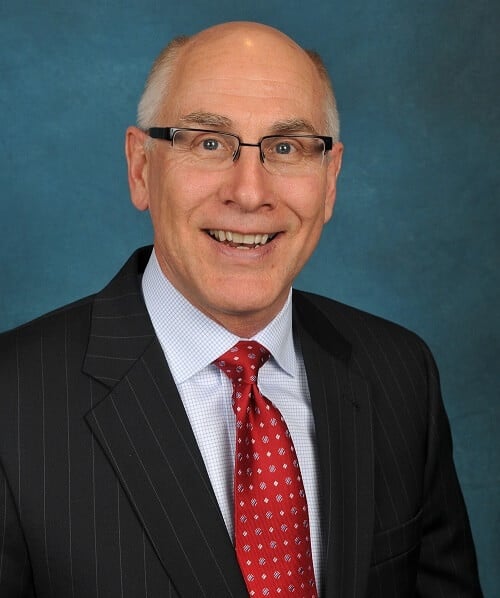Strategizing Sustainability to Enhance Your Workplace
By Patrick Cwiklinski• 6 mins read•November 10, 2017

Strategic Sustainability Consulting Founder and President Jennifer Woofter talks to us about building the right sustainability strategy that can better your bottom line.
Prioritizing corporate sustainability within an organization’s facilities can often be a task met with unintentional neglect. A misguided sustainability strategy can lead to many long-term issues and addressing them in a carefully thought out and focused manner also has significant impact on the bottom line.
Jennifer Woofter is Founder and President of Strategic Sustainability Consulting. After seeing a lack of practical resources available to companies with questions about integrating environmental and social responsibility into their business plans, Jennifer harnessed her years of experience in the industry to become a leader in corporate sustainability strategy.
What are some of the most common reasons that organizations seek out sustainability expertise and consulting?
Woofter: I think a lot of times people are looking for sustainability consulting help because they’ve taken steps in the right direction, but really aren’t sure they’re getting the most from their efforts.
Lots of companies will start with a volunteer green team, which will do a bunch of really great things, but questions remain. Are we doing enough? Are we doing the right things? Have we covered our bases? Are there are other things we should be doing that we just haven’t thought about? They will often seek out sustainability consulting as a gut-check; there’s a real sense of comfort in having an outside expert come in and assess what’s been done and make recommendations about going forward.
This is particularly true for small-to-midsize companies, who don’t have sustainability experts on the payroll. Larger companies with dedicated sustainability personnel — like a sustainability coordinator or corporate social responsibility manager — most often call us for more specific programs or projects. They usually have a sustainability strategy in place, but they may not have the expertise to do more technical things like run their carbon footprint, do a life cycle assessment of a product they manufacture, they may need help developing and producing a sustainability report that’s aligned with the Global Reporting Initiative. In those cases, they may have the personnel piece covered, but may need help with the more technical side of implementing their sustainability strategy.

What are some of the biggest misconceptions sustainability consultants face with regard what they can and cannot do for clients?
Woofter: I think there’s often a perception within companies, or within certain elements of a company, that sustainability is “nice to have,” or that it’s really about philanthropy and about spending money to feel good — I think that’s a real misconception.
When done correctly, sustainability is good for the business and adds to the bottom line. Whether that’s through cost savings, through being more efficient, new revenue, accessing new markets, developing new products or increasing the existing sales that you already have.

In terms of the physical workplace, what are some of the specific areas that organizations look for the most help with regard to sustainability?
Woofter: I think it really depends on the industry. A manufacturing facility is going to have completely different needs than a law firm or a mom and pop pizza joint down the street. I think sustainability consultants need to be very savvy in understanding how your industry, geographic location, size and ownership structure play into the scope of what sustainability options are going to be best suited to you.
A lot of it is also based on whether you own your building or not. If you don’t own it, you may not have control over a lot of the physical features of the building and you really may be focused more on behaviour changes inside. If you own a building, that opens up a whole range of things. Should we be changing out insulation? Should we be doing different windows? Should we be changing the roof? There’s lots of physical attributes to the building you want to consider.
You really need to step back and take a big look to see what is within control of the client and what is not. What is the scope of interest or ambition the client has? We’ve worked with clients that say “look, we’ve got 5,000 dollars to hire you, but any recommendations need to be cost-neutral” so at the end of the day, if it costs them nothing to do it then they’re in. Others say “sustainability is part of our brand image, we really want to claim the sustainability leadership space” so they’re willing to put aside 100,000 dollars or a million dollars a year, whatever that budget might be, because it’s the cost of doing business.

How do you think an FM can spearhead a sustainability initiative in the workplace?
Woofter: Start with what do you have control over versus what do you not. How long are you going to be in that building? Maybe your lease is up in two years and it’s just a no-go to even think about putting in renewable energy or looking for major upgrades to the building envelope because you’re not going to be there long enough to pay it off. If your lease is up in two years, this is a great time to be asking if you can be involved in that conversation for the next facility or how is sustainability a part of the consideration for the new facility we might be moving into.
There’s lots of tools out there. If you’re leasing your space, there’s the free Green Lease Toolkit which is about how you as a tenant should approach leasing with sustainability in mind. It has a walk-through assessment, guidelines for talking with your landlord or property manager and it works both for service-based organizations and manufacturers.
Think about the longevity of your presence in your current facilities. If you are going to be there for a long time, figure out the age and efficiency of existing items. When did we last have our windows replaced? When was the roof replaced? How old the machinery within the building? Have we ever done an energy audit?
How do you think the physical workplace will continue to evolve over the next 5-10 years with respect to increased focus on organizational sustainability?
Woofter: One of the biggest questions companies will need to face is the question of physical versus remote workforce. Demographic trends tell us people are opting out of workplaces that are stuffy, uncomfortable, annoying, all of that. They want flexibility to work from home or a third location, and they want to be able to move to communities that offer a great quality of life.
That doesn’t mean they’re not in the office ever though. Companies really need to be thinking about how to stay connected and engaged when people are in and out and what that means for the space they occupy. I think you’re going to see more workplaces that are designed around the hotelling option.
You will likely see companies going for smaller square footage office spaces with the same number of people, assuming that on any given day 20 percent of the people will be working from home or a third location. I think you’ll also see continued investment in video conferencing and teleconferencing. Over the past decade, we’ve seen expensive investments in set-ups like dedicated video conferencing rooms, but over the next decade I think we’ll see more of a focus on making it easy — wherever your are, on your computer, on your phone, in the office or in a coffee shop — to connect via video in real time.
Find out how Jennifer and Strategic Sustainability Consulting can help your organization meet its sustainability goals at their website.
How do you think sustainability expertise can impact organizational finance and functionality? Tell us your thoughts in the comment section below.
Photos: Rawpixel.com, Joel Filipe, Startup Stock Photos




